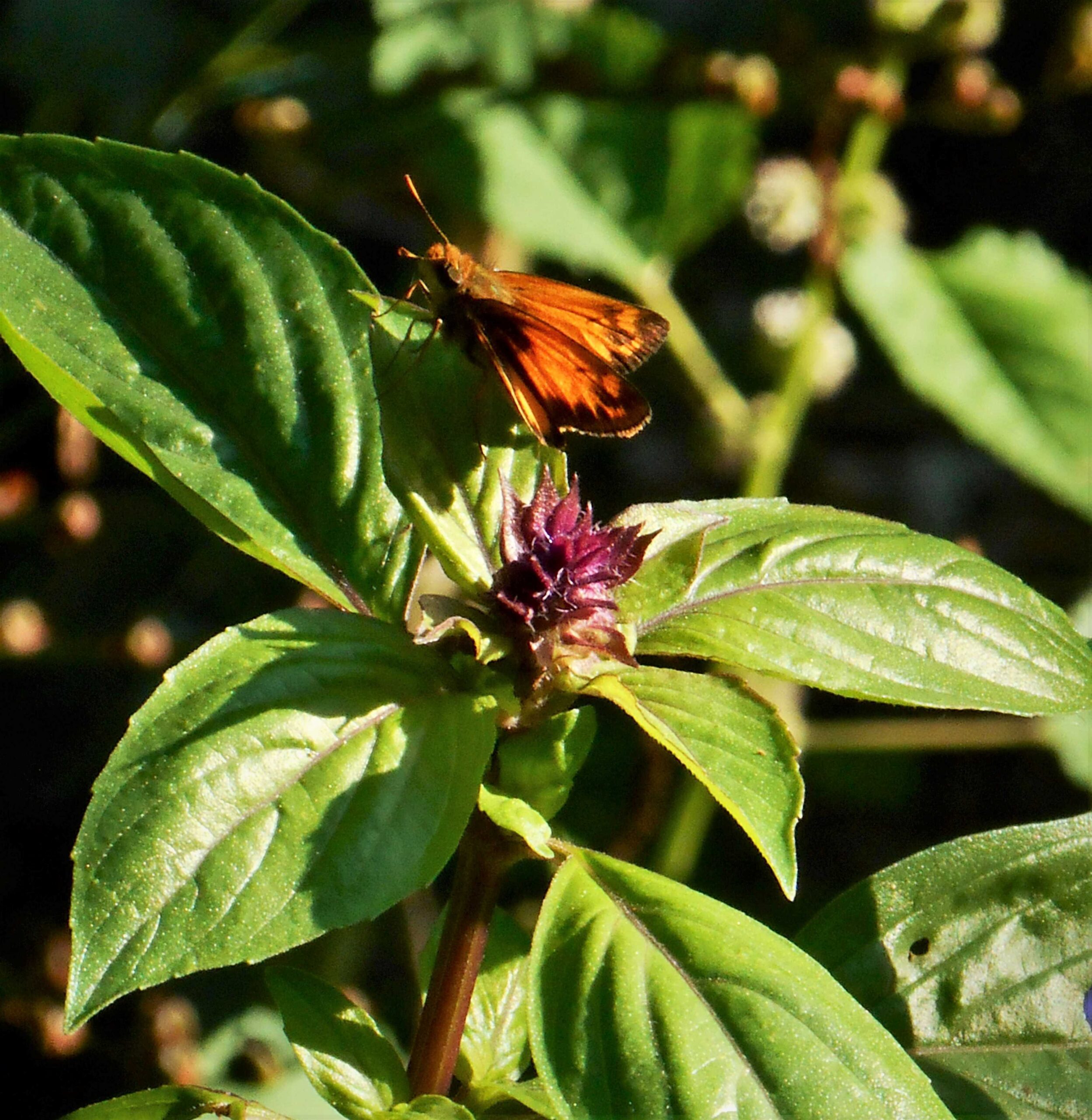Landscaping With Herbs Part III: Annual, Biennial and Tender Perennial Herbs
Benefits of Garden Herbs Herbs attract hummingbirds and butterflies like few other plants. It is worth planting a few herbs whether you plan to harvest and cook with them or not because they are tough, easy to grow, and beautiful. They come with side benefits; their essential oils not only offer fragrance and flavor, but they also deter grazers. If you have watched deer chew your roses and impatiens like deer candy, know that your herbs will survive their curiosity. ...










